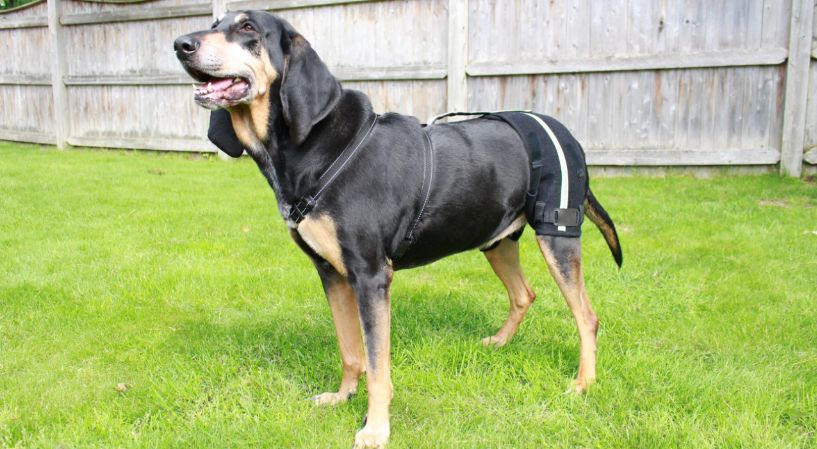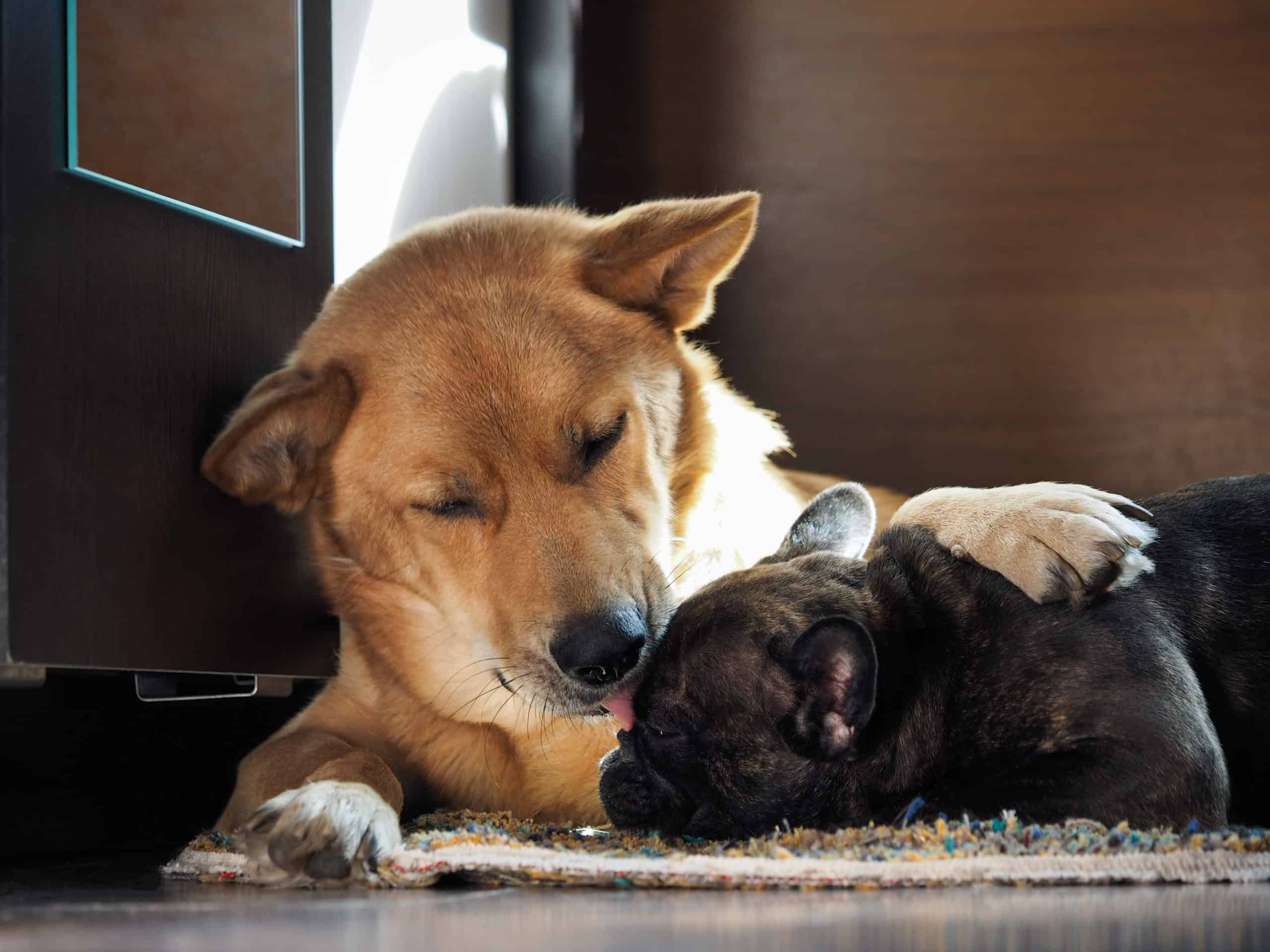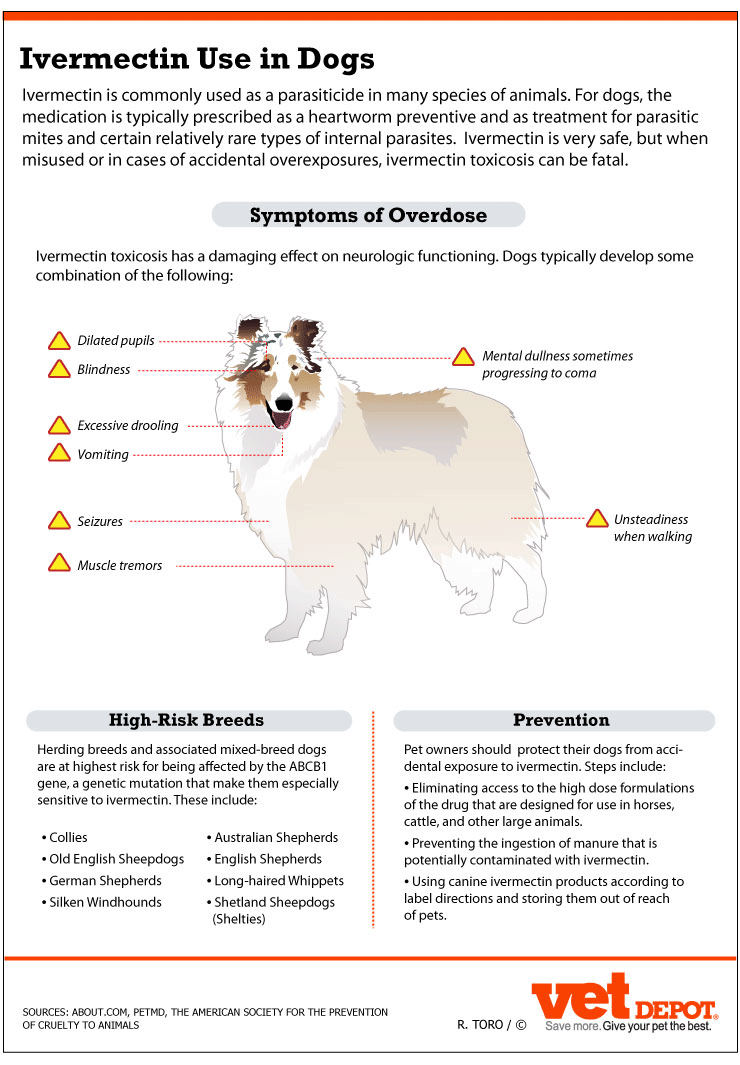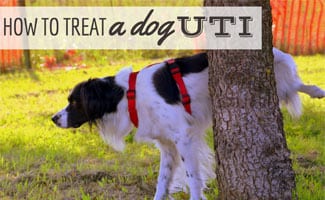Bacterial overgrowth of spirochetes in dogs
Bacterial Overgrowth Of Spirochetes In Dogs. Alternatively in mature dogs intestinal spirochetosis might be subclinical and some unknown factors may be necessary for development of spirochetal diarrhea. Although similar in outward appearance to the porcine spirochete of swine dysentery the canine spirochete possessed ultrastructural properties which distinguished it from the porcine. Some dogs also may have signs of a mild colitis due to colonic irritation by bacterial metabolites and these dogs may be erroneously diagnosed as having primary colitis. Whether the spirochetes are causal to the diarrhea or alternatively mechanically dislodged from the crypts by diarrhea induced by other etiologic factors remains an area of active debate.
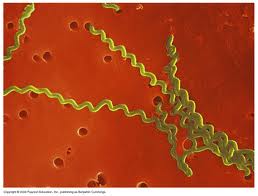 Leptospirosis In Dogs Littleton West Animal Hospital Colorado From littletonwestanimalhospital.com
Leptospirosis In Dogs Littleton West Animal Hospital Colorado From littletonwestanimalhospital.com
Deep pyodermas are less common and occur as either focal or localized furunculosis or generalized furunculosis andor cellulitis. From two such dogs a spirochete was isolated and successfully cultured. Among them German Shepherds and Chinese Shar Peis seem to have the highest incidence rate among dog breeds. Spirochetes are a family of bacteria whose individual species can cause two types of disease in dogs – Lyme disease and leptospirosis. SIBO is frequently implicated as the cause of chronic diarrhoea and malabsorption. Comparison of direct and indirect tests for small intestinal bacterial overgrowth and antibiotic-responsive diarrhea in dogs.
SIBO is frequently implicated as the cause of chronic diarrhoea and malabsorption.
In pigs it is the cause of swine dysentery Brachyspira hyodysenteriae. Isolated from natural bodies of water are related by 16S rRNA sequence analysis to treponemes found in the oral cavity and in the digestive tracts of termites. These spiral shaped bacterium can cause diarrhea vomiting cramps fever and dehydration among other things. Comparison of direct and indirect tests for small intestinal bacterial overgrowth and antibiotic-responsive diarrhea in dogs. Some dogs also may have signs of a mild colitis due to colonic irritation by bacterial metabolites and these dogs may be erroneously diagnosed as having primary colitis. Leptospirosis is an infection of bacterial spirochetes which dogs acquire when subspecies of the Leptospira interrogans penetrate the skin and spread through the body by way of the blood stream.
 Source: researchgate.net
Source: researchgate.net
Most cases of intestinal bacterial overgrowth are treated on an outpatient basis although if vomiting and diarrhea are severe the dog may require hospitalization for fluid and electrolyte therapy to replace losses. The major concern with bacterial overgrowth is the development of a condition called small intestinal bacterial overgrowth. In pigs it is the cause of swine dysentery Brachyspira hyodysenteriae. From two such dogs a spirochete was isolated and successfully cultured. In this stage your dog may be drinking large amounts of water but he probably will have a hard time urinating.
 Source: researchgate.net
Source: researchgate.net
Numerous spirochete bacteria exist within the gastrointestinal GI tract of both healthy and sick cats and the appearance can be very similar among different types. You Get The Spirochete Infection From Your Pets And Your Partners. SIBO is frequently implicated as the cause of chronic diarrhoea and malabsorption. Among them German Shepherds and Chinese Shar Peis seem to have the highest incidence rate among dog breeds. German AJ et al.
 Source: journals.asm.org
Source: journals.asm.org
Furunculosis is caused by. Weight loss may be severe and is in some dogs the only sign. Spirochetes are found in infected gum areas around your teeth. In advanced stages spirochetes bacterial infections affect the kidneys and can lead to kidney failure. Most cases of intestinal bacterial overgrowth are treated on an outpatient basis although if vomiting and diarrhea are severe the dog may require hospitalization for fluid and electrolyte therapy to replace losses.
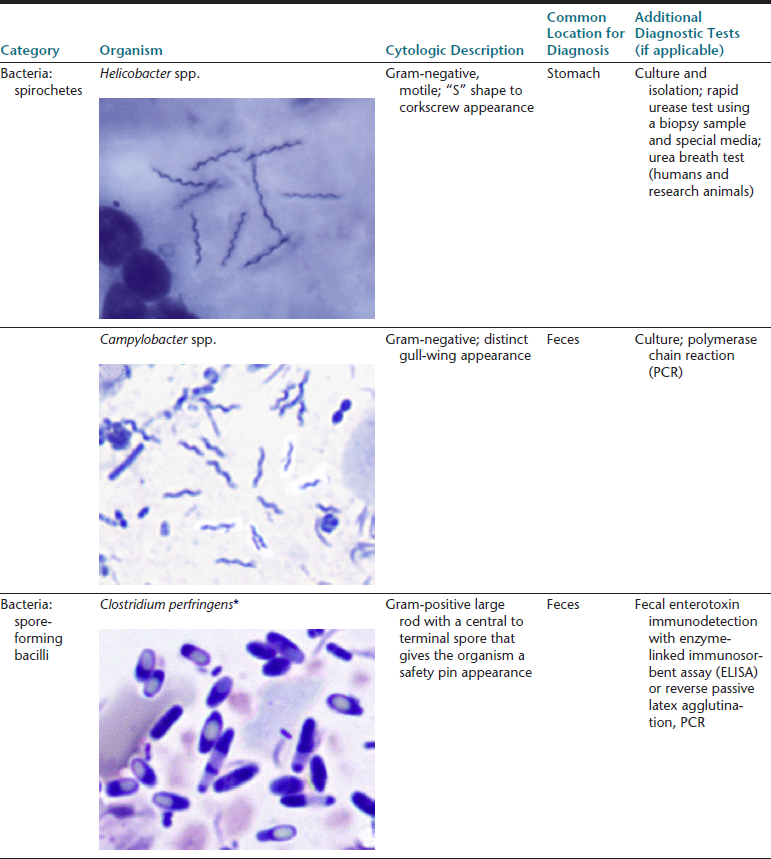 Source: veteriankey.com
Source: veteriankey.com
Melgarejo T et al. Spirochetes are spiral or corkscrew-shaped. J Vet Intern Med. Malabsorption is defined as a defective uptake of dietary nutrients due to interference or other interruption in the digestive and absorption process or as a result of disease of the small intestine. The major concern with bacterial overgrowth is the development of a condition called small intestinal bacterial overgrowth.
 Source: vetsmall.theclinics.com
Source: vetsmall.theclinics.com
Numerous spirochete bacteria exist within the gastrointestinal GI tract of both healthy and sick cats and the appearance can be very similar among different types. From two such dogs a spirochete was isolated and successfully cultured. Leptospirosis Leptospirosis is a bacterial infection caused by a bacterium known as spirochetes that can affect both humans and animals. Diarrhoea often has been present since puppyhood and gradually worsens. Whether the spirochetes are causal to the diarrhea or alternatively mechanically dislodged from the crypts by diarrhea induced by other etiologic factors remains an area of active debate.

Malabsorption and Bacterial Overgrowth in Dogs VCA Animal Hospital. Leptospirosis Leptospirosis is a bacterial infection caused by a bacterium known as spirochetes that can affect both humans and animals. In pigs it is the cause of swine dysentery Brachyspira hyodysenteriae. SIBO is frequently implicated as the cause of chronic diarrhoea and malabsorption. Thirteen dogs had aerobic bacterial overgrowth most frequently comprising Escherichia coli staphylococci and enterococci and 28 dogs had mixed anaerobic overgrowth most frequently including Clostridium and Bacteroides spp.
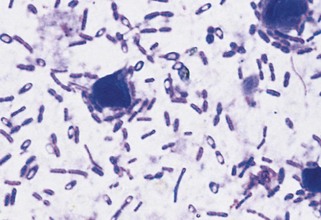 Source: veteriankey.com
Source: veteriankey.com
Thirteen dogs had aerobic bacterial overgrowth most frequently comprising Escherichia coli staphylococci and enterococci and 28 dogs had mixed anaerobic overgrowth most frequently including Clostridium and Bacteroides spp. In dogs with diarrhea spirochetes can appear in the feces in large numbers. How do they get there. Most cases of intestinal bacterial overgrowth are treated on an outpatient basis although if vomiting and diarrhea are severe the dog may require hospitalization for fluid and electrolyte therapy to replace losses. Deep pyodermas are less common and occur as either focal or localized furunculosis or generalized furunculosis andor cellulitis.
 Source: europepmc.org
Source: europepmc.org
Affected dogs comprised 23 breeds including 10 German Shepherd Dogs and median age at diagnosis was 2 years range 6 months to 11 years. Most cases of intestinal bacterial overgrowth are treated on an outpatient basis although if vomiting and diarrhea are severe the dog may require hospitalization for fluid and electrolyte therapy to replace losses. The presence of a moderate amount of spirochete bacteria on fecal cytology would not be enough evidence for targeted treatment of a specific disease. The most likely source is bacterial transmission from an infected carrier. The major concern with bacterial overgrowth is the development of a condition called small intestinal bacterial overgrowth.
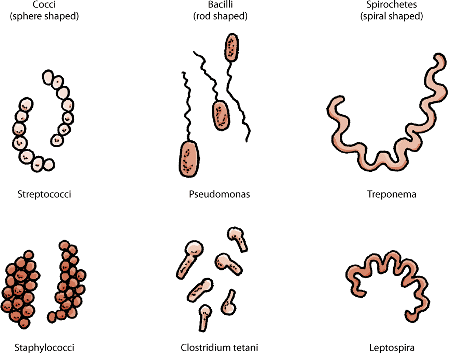 Source: msdvetmanual.com
Source: msdvetmanual.com
Thirteen dogs had aerobic bacterial overgrowth most frequently comprising Escherichia coli staphylococci and enterococci and 28 dogs had mixed anaerobic overgrowth most frequently including Clostridium and Bacteroides spp. J Vet Intern Med. Melgarejo T et al. Weight loss may be severe and is in some dogs the only sign. Two of the most typically seen members of this subspecies are the L.
 Source: europepmc.org
Source: europepmc.org
Diarrhoea often has been present since puppyhood and gradually worsens. Affected dogs comprised 23 breeds including 10 German Shepherd Dogs and median age at diagnosis was 2 years range 6 months to 11 years. Comparison of direct and indirect tests for small intestinal bacterial overgrowth and antibiotic-responsive diarrhea in dogs. Bacterial overgrowth syndrome is a superficial cutaneous disorder associated with an overgrowth of S pseudintermedius and characterized by large numbers of bacteria erythema pruritus and malodor. Vet bills can sneak up on you.
 Source: researchgate.net
Source: researchgate.net
Leptospirosis Leptospirosis is a bacterial infection caused by a bacterium known as spirochetes that can affect both humans and animals. Weight loss may be severe and is in some dogs the only sign. J Vet Intern Med. Many dogs may carry these bacteria without ever developing the illnesses associated with them but if symptoms do develop they are often life-threatening. In pigs it is the cause of swine dysentery Brachyspira hyodysenteriae.
 Source: littletonwestanimalhospital.com
Source: littletonwestanimalhospital.com
Lyme disease may affect the nerves kidneys heart and. These spiral shaped bacterium can cause diarrhea vomiting cramps fever and dehydration among other things. The microscopic examination of colonic scrapings from 12 of 18 normal dogs revealed the presence of a spirochete. Most cases of intestinal bacterial overgrowth are treated on an outpatient basis although if vomiting and diarrhea are severe the dog may require hospitalization for fluid and electrolyte therapy to replace losses. Spirochetes are widely distributed in nature as free-living bacteria as metabolic symbionts of insects and as commensals and parasites of animals.
If you find this site convienient, please support us by sharing this posts to your preference social media accounts like Facebook, Instagram and so on or you can also save this blog page with the title bacterial overgrowth of spirochetes in dogs by using Ctrl + D for devices a laptop with a Windows operating system or Command + D for laptops with an Apple operating system. If you use a smartphone, you can also use the drawer menu of the browser you are using. Whether it’s a Windows, Mac, iOS or Android operating system, you will still be able to bookmark this website.

